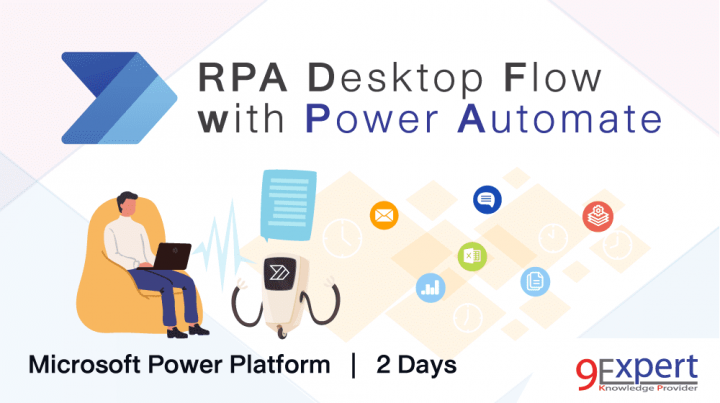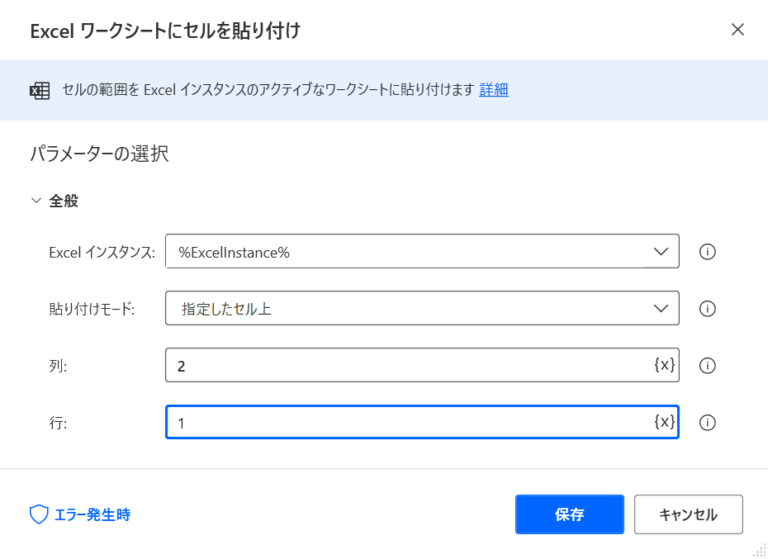

When I first heard of this I thought about all the manual paper based processes in government that could be scraped, checked for errors and made more efficient from a business process and customer satisfaction standpoint. This approach allows for the automation of unstructured inputs.

AI adds capabilities like form processing, object detection, prediction, and text classification.

RPA can be combined with Artificial Intelligence (AI) to integrate models into your workflows. Additional use cases for RPA could be scraping data from files or websites and putting it where it needs to go, detecting the arrival of a form, checking it for errors and sending it to a legacy system for back end processing, capturing data from multiple locations to build reports, monitoring files or folders to act on triggers like archiving, renaming, moving or setting retention schedules. The goal of Power Automate Desktop /RPA is to automate your most routine tasks, remove the chance for errors and free up your valuable time for more nonroutine tasks. This UI-based approach turns manual tasks into automated workflows by recording and playing back human driven interaction with software systems that don’t support API-based automation.” This means creating automation and integration for some of your legacy applications like Excel, AS400, Mainframe, and Citrix. According to Microsoft, “RPA automates processes and exchanges data with legacy, on-premises software that is still essential in many enterprises. RPA records your actions and provides the integration of your services even if they don’t have an API. RPA adds to Power Automate by actually recording your desktop and/or cloud steps and repetitive processes to automate your most mundane and repetitive tasks. Flows are then triggered to run based on events, time intervals, or schedule. Power Automate is part of the O365 Power Platform service that allows you to connect services and build flows from one service to another. To understand Power Automate Desktop or RPA, you first need to know that it is an additional tool bolted on to the Power Automate service. For this blog, I will discuss what RPA is and how to get started streamlining your business processes and outcomes. While government workflows and business processes have improved over time, there is still a long way to go to make the citizen experience in working with government better and more productive. State government is an easy target to pick on, but inefficient processes are everywhere and can be greatly improved by re-engineering them to use modern tools like Robotic Process Automation (RPA). After 30 years of State government work I saw first-hand the inefficiencies of doing business with the State.


 0 kommentar(er)
0 kommentar(er)
